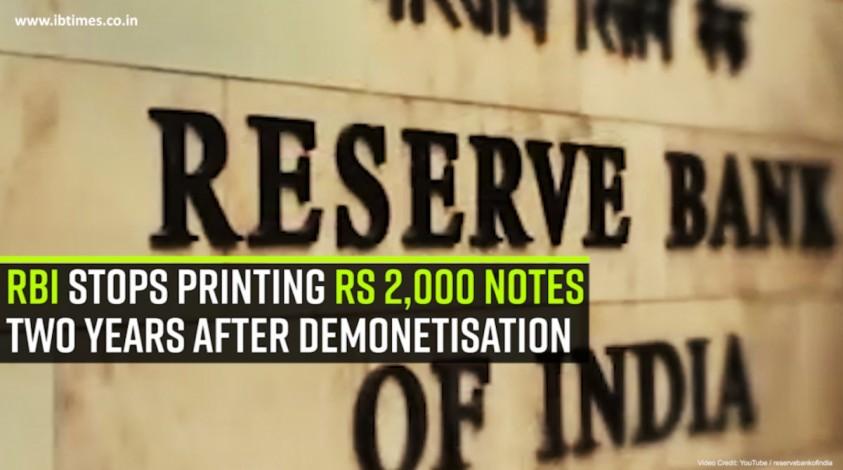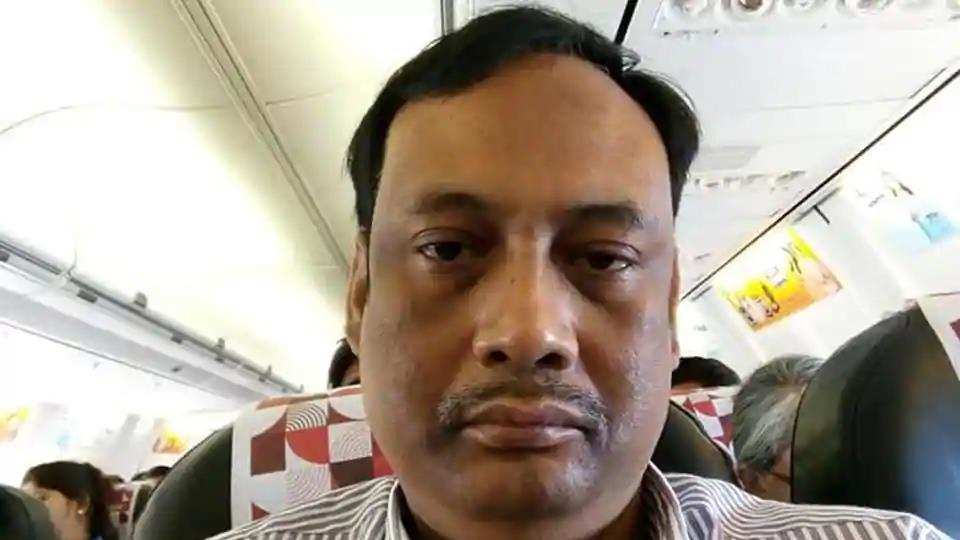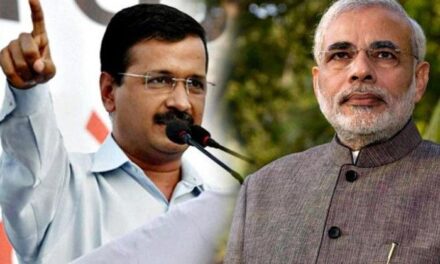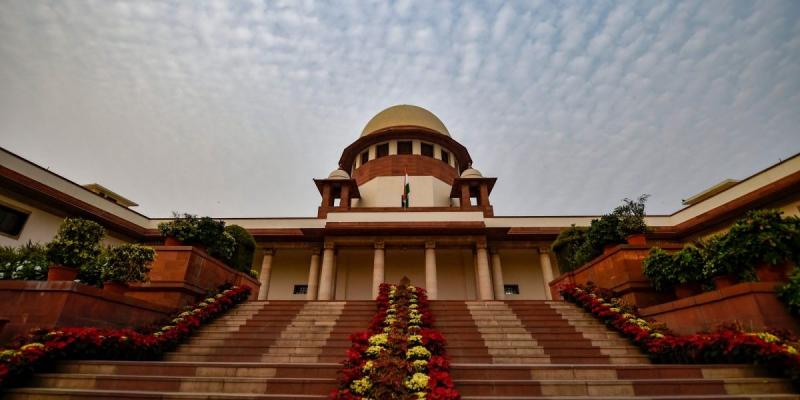The observations of the Supreme Court bench on Monday send rippes among ruling establisment ind elhi corridors
The bench inquired into the number of members present in the RBI’s Central Board meeting that decided to make the recommendation regarding the demonetisation of 500 and 1000 rupee currency notes in 2016 been discussed amongst bueracarcy ranks silently
On Mondya 5-judge Constitution Bench orally asked counsel for the Reserve Bank of India (RBI) to give the details regarding the quorum. “How many members were present? There should be no difficulty in telling us,” Justice BR Gavai asked.
Under the RBI Act, it is the Central Board of the RBI that has to make a recommendation to the Central government regarding demonetisation of notes or for any series of bank notes of any denomination to cease to be legal tender.
Senior Advocate and former Union Home & finance minsiter P Chidambaram, arguing on behalf of petitioners who’ve challenged the Centre’s 2016 demonetisation policy, told the court that regulations mandating a quorum haven’t been followed and details of the meeting and the quorum haven’t been shared by the government and the RBI.
He had said there was no disclosure about who attended the Central Board meeting, and whether sufficient notice was given to them.
Senior Advocate P Chidambaram also remarked that the Centre and the RBI are holding back the information regarding the said meeting.
“Why isn’t he placing it before the court then? I’m not even asking him to show it to me. Why doesn’t he show it to you? What are they holding back? What are they hiding?” Chidambaram said.
At this point, Attorney General of India R Venkataramani interjected and said nothing was being hidden and the information, if asked by the court, would be provided.
The court said that according to the petitioners, the RBI has a supreme role in matters pertaining to currency, and this decision of demonetisation should have emanated from the RBI and not the Centre.
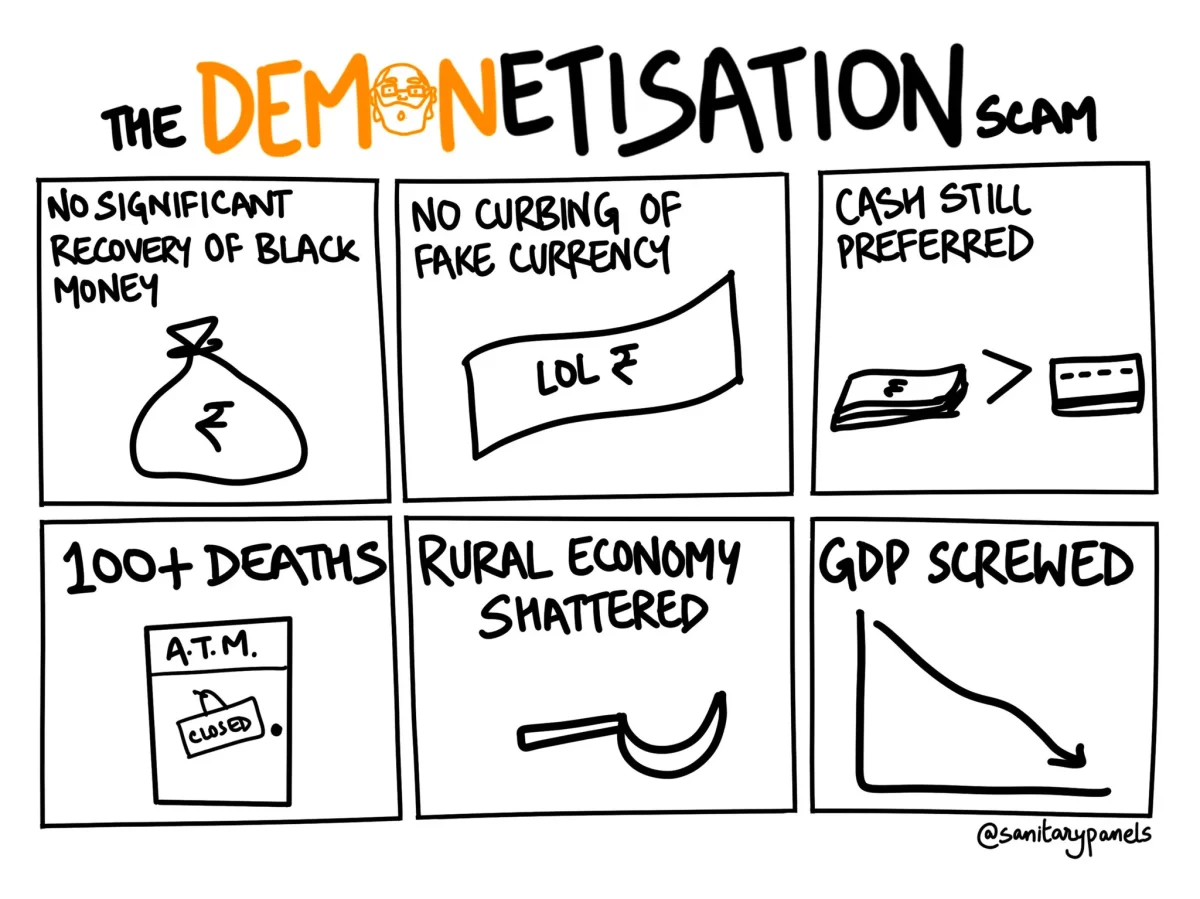
The Government defense mechanism :
Attorney General Venkataramani also told the Supreme Court that, contrary to the petitioners’ arguments, the test of proportionality won’t apply in this case.
He said that hardships faced by people cannot be the only relevant factor to be considered when there’s larger public interest involved in moving towards a wide range of economic and policy transformation.
The AG also said that the 2016 demonetisation cannot be compared to the earlier demonetisations of 1946 and 1978 as today we are in an entirely different globalised, economic and domestic situation.
As for the arguments regarding the cut-off date, the AG said that if the same is removed, the integral integrity of the decision-making process would be diluted.
He also said that fixing the cut-off date wasn’t arbitrary – that they’re not closing their eyes to the hardships caused to the public, but it was impossible in a matter of this magnitude to take into consideration all different possibilities.
On Monday, Senior Advocate Jaideep Gupta, appearing for the RBI, submitted that contrary to what the petitioners have argued, the process under the RBI Act to make a recommendation to the Centre was followed and the prescribed quorum was met.
The bench, however, observed that according to the petitioner there were several vacancies and the question was whether, as per regulations, members participated in the meeting or not.
Gupta argued that by making that argument, Chidambaram was ‘fishing’, as there is no reason to say that quorum wasn’t met.
Reacting to this Justice Gavai asked. “How many members were present? There should be no difficulty in telling us,”
Senior Advocate Jaideep Gupta agreed to provide the information and said, “There’s no difficulty. I’ll write on paper and give it to you.”
“In these cases, the burden remains with him, that he knows for a fact there was no quorum. He says he doesn’t know if there was a quorum. This is prejudicial,” Gupta coutnered .
Gupta also addressed the court’s query as to whether the RBI was consulted by the Centre in the entire demonetisation process, as required.
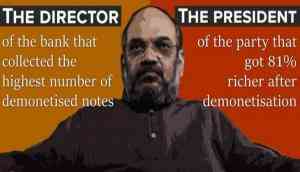
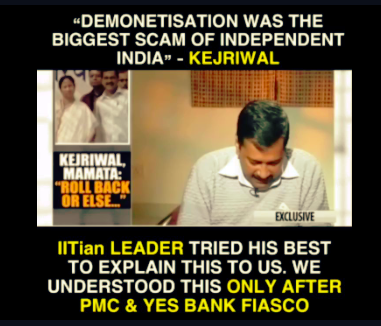

Gupta said that it was the RBI that gave the recommendation. He said the RBI’s Central Board met and decided to recommend, and once that recommendation went to the Centre, it decided to act. Therefore, the process was followed.
Gupta also opposed the petitioners’ arguments that the demonetisation process has to be initiated by the RBI, according to Section 26(2) of the RBI Act. He said that the provision doesn’t talk about initiation, with the penultimate step being RBI’s recommendation and the final step being the Centre’s decision.
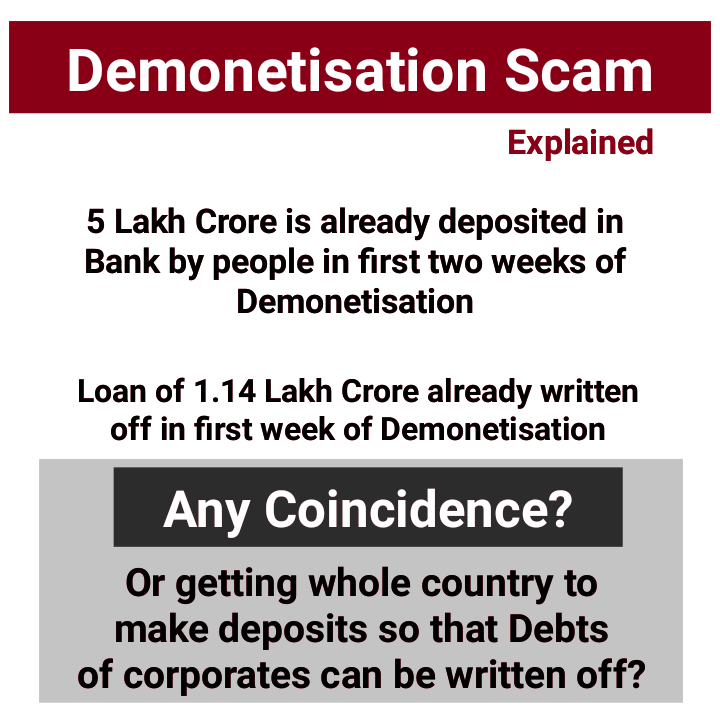
According to Gupta, a situation like the 2016 demonetisation can be initiated in many ways – it can be suo moto, at the instance of the State, and can certainly be initiated by the Central government.
With regard to arguments that the decision was taken in two days, Gupta said the Central Board had certain information readily available when it made the recommendation and didn’t have to start from scratch.
He compared it to the Supreme Court, saying that momentous decisions are taken in the SC in a matter of minutes.
The comparison, however, did not sit well with the bench as it thrown below questions to the Union government
Justice S Abdul Nazeer said, “You can’t compare this court to the RBI. Here we hear lawyers in open court and pass orders. For a miscellaneous day, you know we read for how many cases?
Gupta clarified that the time or the speed doesn’t itself mean there’s something wrong. Confidentiality and speed have to be there, and without those, demonetisation can’t succeed.
If rule of law has not followed by PM Modi demonetisation implementation .. what implications it can bring to the BJP government , a million dollar question now been asked in the Delhi corridors that build worries for BJP ruling benches in the days to come

